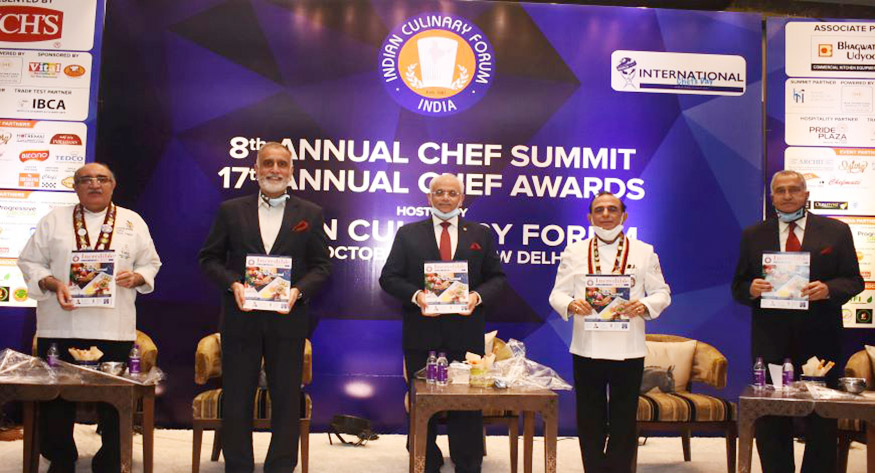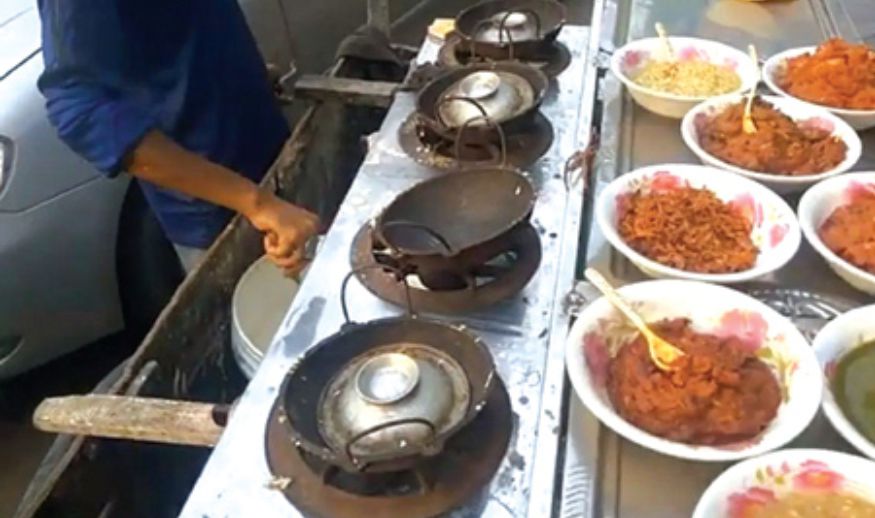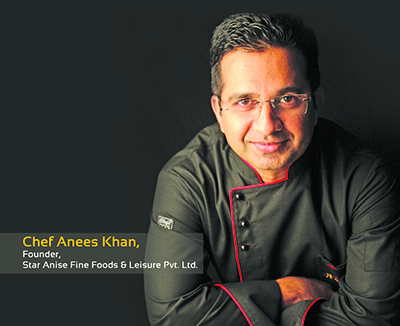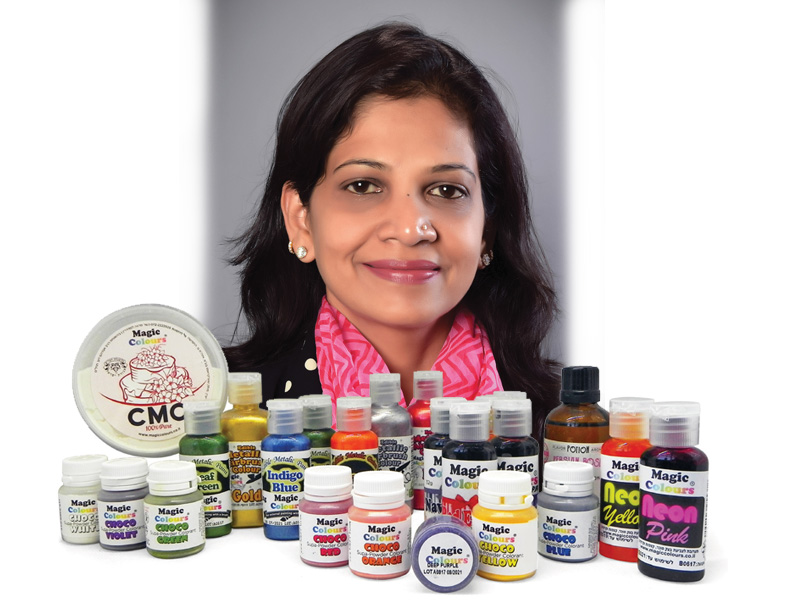BakeryBiz, Sept-Oct, 2018
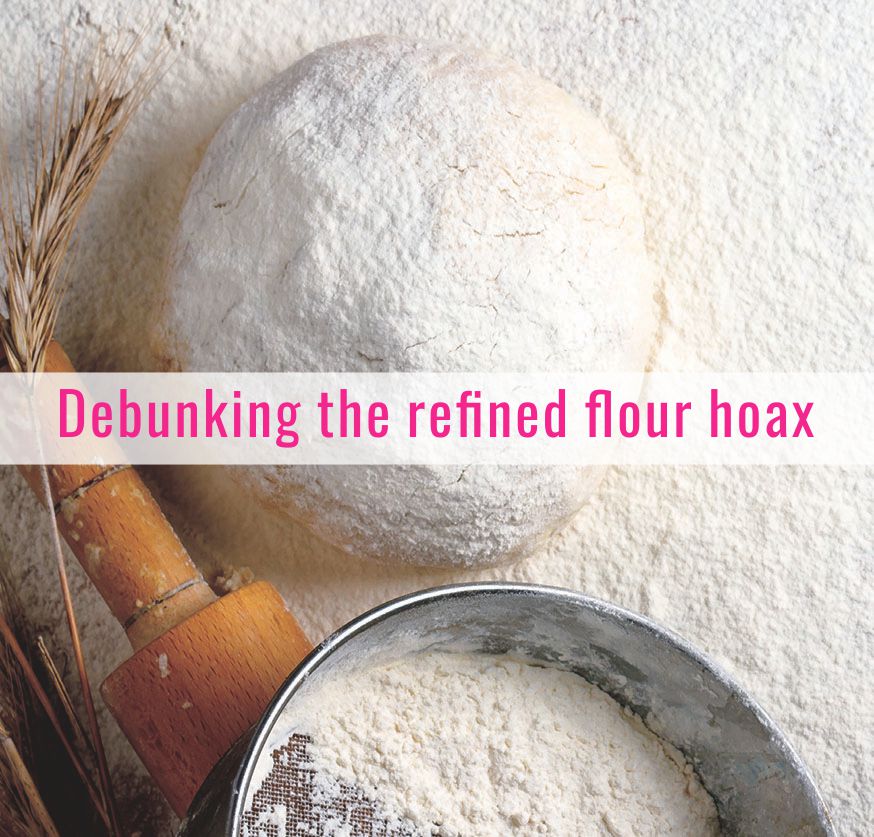
Media is rife with stories on unhealthy food and, most of the time, maida tops the list. Though there is little scientific basis for the ill effects of refined flour on human body, the propaganda continues. The industry is stopping short of launching a counter campaign, feel bakers. An analysis by Manoj John.
Search for “maida” in Google and it will return hundreds of thousands of results. Go to the first 50 results and all of them, invariably, will say that maida is an “unhealthy food.” There has been undoubtedly a smear campaign going on against “maida” in the media, and more so in the Internet. Refined wheat flour, known in India as maida, is however one of the most used food ingredients in the world, finding its way into pizza to burger and pani puri to samosa.
Despite the claims of the “healthy diet” freaks, a scientific investigation into the issue reveals that maida is not something to be so afraid of. Dr Augustus Morris, surgeon and public speaker, says, “The whole propaganda around maida is a hoax. Maida is simply the most refined product of wheat grain. It contains no substance that is harmful to your body.”
Maida is obtained after removing bran from the wheat grain. Bran is the hard outer layers of cereal grain. Along with the germ, bran is an integral part of whole grains, and is often produced as a byproduct of milling in the production of refined grains. Bran is present in cereal grain, including rice, corn, wheat, oats, barley, rye and millet. Maida in South Asian countries is akin to cake flour in the West.
Food grain manufactures in the West have been detailing the nutritional benefits of cereal products. But health freaks are not ready to bulge. “Maida contains the chemical alloxan which causes cancer. Refined wheat four is one of the main causes of the increased rate of cancer today. It has also been proved that alloxan causes diabetes,” says KV Pankaj, a naturopathy practitioner.
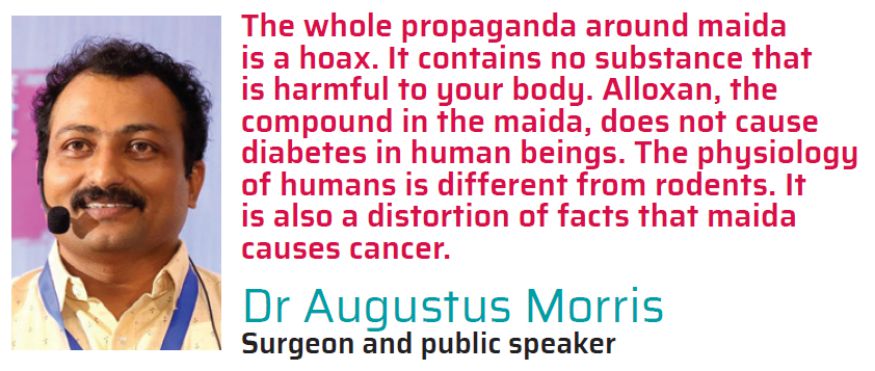
Alloxan panic
Alloxan is a toxic glucose analogue, which destroys insulinproducing cells in the pancreas when administered to rodents and some other animals. This causes an insulin-dependent diabetes mellitus, called “alloxan diabetes,” in these animals, with characteristics that are similar to Type 1 diabetes in human beings. “However,” says Dr. Morris, “this does not mean that alloxan causes diabetes in human beings. The physiology of humans is different from rodents. It is also a distortion of facts that maida causes cancer.”
Research studies in internationally reputed academic journals such as Diabetologia has clearly established that alloxan does not cause cancer in human beings.
WebMD, a corporation that publishes information on health, has debunked many myths pertaining to grains, citing that more than 40 studies looking at 20 types of cancer have shown that regularly eating whole grains rather reduces cancer.
A ubiquitous argument is that maida has a high glycemic index, which means that it releases sugar into the bloodstream quickly. This causes a sharp insulin response, which over a period of time lead to Type II diabetes.
Dr. Morris point out to research studies that prove this popularly held notion wrong. Studies published in reputed international medical journal General and Comparative Endocrinology shows that that alloxan is not toxic to the insulin-producing beta-cells in humans, even in very high doses, probably because of differing glucose uptake mechanisms in humans and other animals. The National Academy of Sciences of the United States of America also has accepted these findings.
That does not deter the media from publishing stories about the so-called bad effects of maida. Hindustan Times, Times of India, NDTV and many other media have run stories that that would chase away foodies from bakeries. Nutritionists most often sail with wind, preferring to cement the already firm public impression rather than breaking it.
Dr Anjali Mukerjee, nutritionist and founder of nutrition counselling centre Health Total, maintains that maida products disrupt the metabolism rate of the body, which ultimately results in cancer, arthritis, heart diseases and Alzheimer’s.
The maida-consuming industry is clear on their stance. “What is maida? It is the same thing as whole wheat flour with the exception that the bran is removed. There is no fundamental difference between maida and atta,” says Ramesh Mago, president of All India Bread Manufacturers Association (AIBMA).
When asked about the industry’s plan to counter the anti-maida propaganda, Mago said, “I have nothing more to say. You people go ahead with whatever you want,” obviously indicating the healthy food campaigners. He did not wish to explain more on this topic.
Onus on industry
Bakery owners point out that the indifferent attitude of industry bodies such as AIBMA is responsible to a great extent for the flooding of Internet with unfounded information. “Look at Facebook. Look at YouTube. You will find countless articles and videos that frighten people off from refined flour. Individual bakers can do little about this. It is the industry associations that need to launch an exposé but they are not acting,” says the owner of a bakery in Navi Mumbai on condition of anonymity. “If the propaganda goes on like this, it will be affect the industry in the long run,” he adds.
Mohammed Izhar Siddiqui, a bakery owner, echoes the same feeling. “Individual bakers can do nothing. The industry association has to collate scientific data and launch campaigns,” he says.

Quality reigns
Refined flour passes through several tests in the mills as part of quality control, which cumulatively secure its health aspects.
There are checks for moisture, protein and ash contents in maida. The moisture content of the flour is important to ensure that the flour is stable during storage. Flour containing more than 14.5 per cent moisture is prone to bacterial and microbial growth. Commonly used moisture basis varies by country.
Protein is the building block of human body, and it is one of the most essential constituents of healthy food. Protein content is the basis by which flour is bought and sold and is one of the main factors controlling the price. In the hard wheat classes, price increases as protein content increases while in the soft wheat class, higher prices are paid for lower protein flours. Protein content is one of the most important features because it affects many flour properties. Dough strength increases as protein content increases. The balance of extensibility and elasticity determine the best use for the flour. Low protein flours work best in products that do not need a lot of strength such as cakes, cookies, some types of crackers, and all purpose flour.
Medium protein flours have a medium-high dough strength characterised by having moderate extensibility and moderate elasticity. Medium protein flours work best in products that need an equal balance of extensibility and elasticity such as noodles, tortillas, and white pan bread.
High protein flours have strong dough strength and are characterised by having moderate extensibility and high elasticity. High protein flours work best in products that need highly elastic, strong dough like pasta, hearth breads and whole grain breads.
Another key component in flour is ash, or the mineral content, which varies on the basis of on soil and climate. The mineral distribution varies within the kernel but it is most highly concentrated in the bran. Wheat bran contains 30 times more inorganic matter than endosperm so even a small amount of bran in the flour can significantly affect the ash content.
Ash content is often used as a measure of the grade or type of flour because it shows how much bran is present in the flour. Despite the fact that refined flour is not to be as abhorred as it is today, a sort of fear psychosis remains. Nutritionists are not disposed to debunk what can be termed “mainstream knowledge” about food grains.
“Maida does not have fibre, which means it is not easy on digestion. Fibre must be part of a healthy diet. If you consider all factors, there is some truth in the argument that maida is not so advisable as daily food ingredient,” says nutritionist Aditi Prabhu, who advises bakeries. Going by indications, it will be a while before the industry launches a debunking exercise to salvage maida.
*************************************************************************************************************************************************
Health checkup for the unhealthy stuff By Manoj John
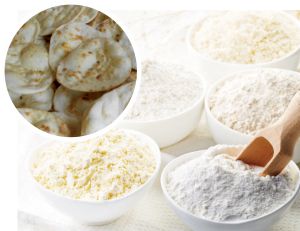
Did anyone say maida is inferior to atta (whole wheat flour)? Verify your facts first. Maida goes through the same methods of quality analysis as whole wheat flour. Millers cannot let loose stringent procedures for maida stipulated by the Food Safety and Standards Authority of India (FSSAI).
The Manual of Methods of Analysis of Foods by FSSAI is unambiguously emphatic on this aspect. The Manual for Cereal and Cereal Products says that millers have to follow the methods for atta when it comes to maida, fortified maida and protein rich maida too. Section 9, pertaining to maida, is so precise that it simply directs the millers to follow the methods stipulated for atta. This assumes important given the fact that the other byproducts of wheat such as semolina (suji) has separate methods in the Manual.
The method for atta, which is also applicable for maida, provides for determination of gluten, which is a major health concern for today’s consumers even though the incidents of gluten allergy is negligible in India unlike in the West.
The other determinations pertain to alcoholic acidity in maida. In fortified maida, calcium carbonate needs to be determined. There is a detailed calculation formula for measuring the total protein content of refined flour in the Manual. Crude fibre, an important element in the process of smooth digestion, is another constituent that has stringent specifications by FSSAI.
Calculation of ash, or mineral content, is also mandatory under FSSAI norms. Moisture level, a key factor that affects storage, must also be accurately determined. Safety and Good Laboratory Practices (GLP) is taken into account while carrying out each procedure.
Next time when you devour your tandoori roti, remember that the socalled unhealthy maida has reached you after passing so many health tests!
************************************************************************************************************************************************


